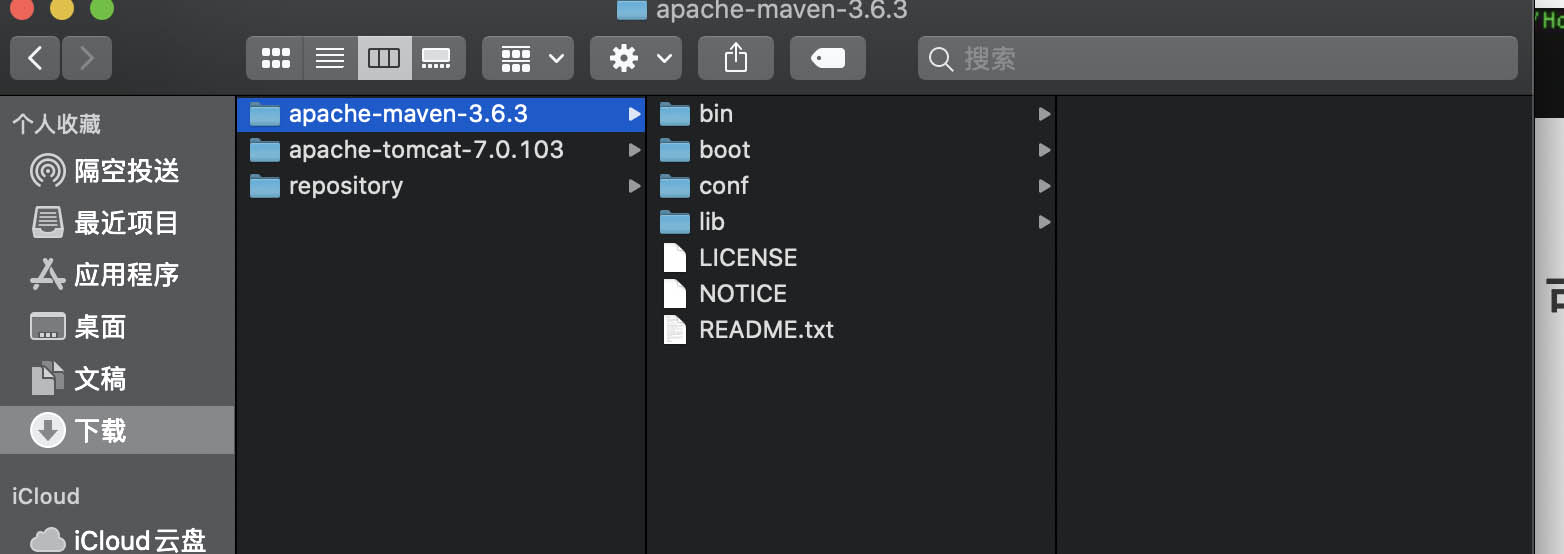Java 8 stream operations execution order(Java 8 流操作执行顺序)
问题描述
List<Integer> numbers = Arrays.asList(1, 2, 3, 4, 5, 6, 7, 8);
List<Integer> twoEvenSquares = numbers.stream().filter(n -> {
System.out.println("filtering " + n);
return n % 2 == 0;
}).map(n -> {
System.out.println("mapping " + n);
return n * n;
}).limit(2).collect(Collectors.toList());
for(Integer i : twoEvenSquares)
{
System.out.println(i);
}
when executed the logic below output came
filtering 1
filtering 2
mapping 2
filtering 3
filtering 4
mapping 4
4
16
if the stream follows the short circuit concept (where we use limit stream operation), then output must be like below:
filtering 1
filtering 2
filtering 3
filtering 4
mapping 2
mapping 4
4
16
because after filtering 2, we have to still find one more element to stratify limit(2), operation, so why the output is not coming like I explained?
Streams are pull-based. Only a terminal operations (like the collect) will cause items to be consumed.
Conceptually this means that collect will ask an item from the limit, limit from the map and map from the filter, and filter from the stream.
Schematically the code in your question leads to
collect
limit (0)
map
filter
stream (returns 1)
/filter (false)
filter
stream (returns 2)
/filter (true)
/map (returns 4)
/limit (1)
limit (1)
map
filter
stream (returns 3)
/filter (false)
filter
stream (returns 4)
/filter (true)
/map (returns 16)
/limit (2)
limit (2)
/limit (no more items; limit reached)
/collect
And this conforms to your first printout.
这篇关于Java 8 流操作执行顺序的文章就介绍到这了,希望我们推荐的答案对大家有所帮助,也希望大家多多支持编程学习网!
本文标题为:Java 8 流操作执行顺序


基础教程推荐
- 大摇大摆的枚举 2022-01-01
- Java Swing计时器未清除 2022-01-01
- 多个组件的复杂布局 2022-01-01
- Java 实例变量在两个语句中声明和初始化 2022-01-01
- 验证是否调用了所有 getter 方法 2022-01-01
- 如何在 Spring @Value 注解中正确指定默认值? 2022-01-01
- 从 python 访问 JVM 2022-01-01
- 不推荐使用 Api 注释的描述 2022-01-01
- 如何在 JFrame 中覆盖 windowsClosing 事件 2022-01-01
- 在 Java 中创建日期的正确方法是什么? 2022-01-01

















